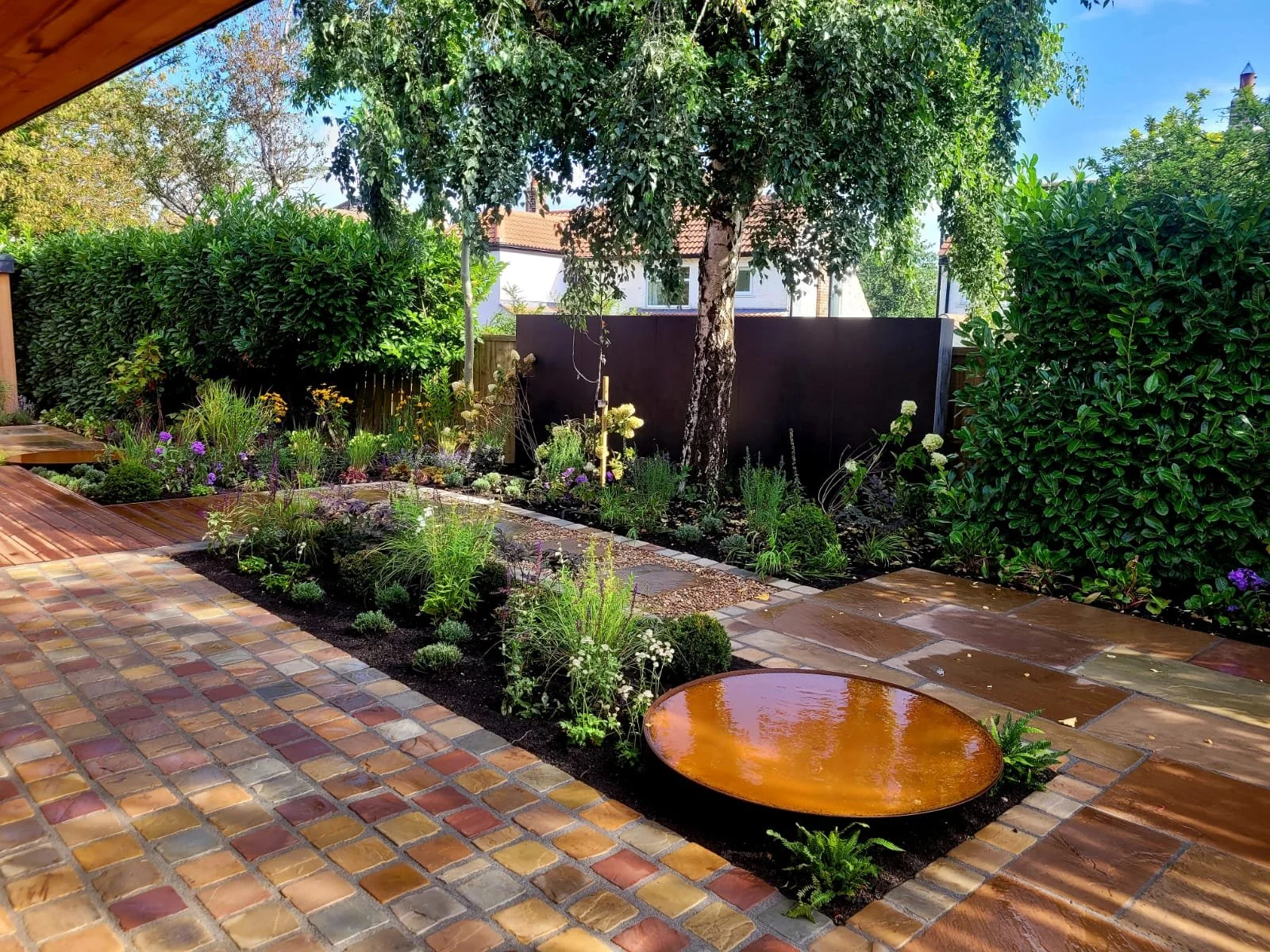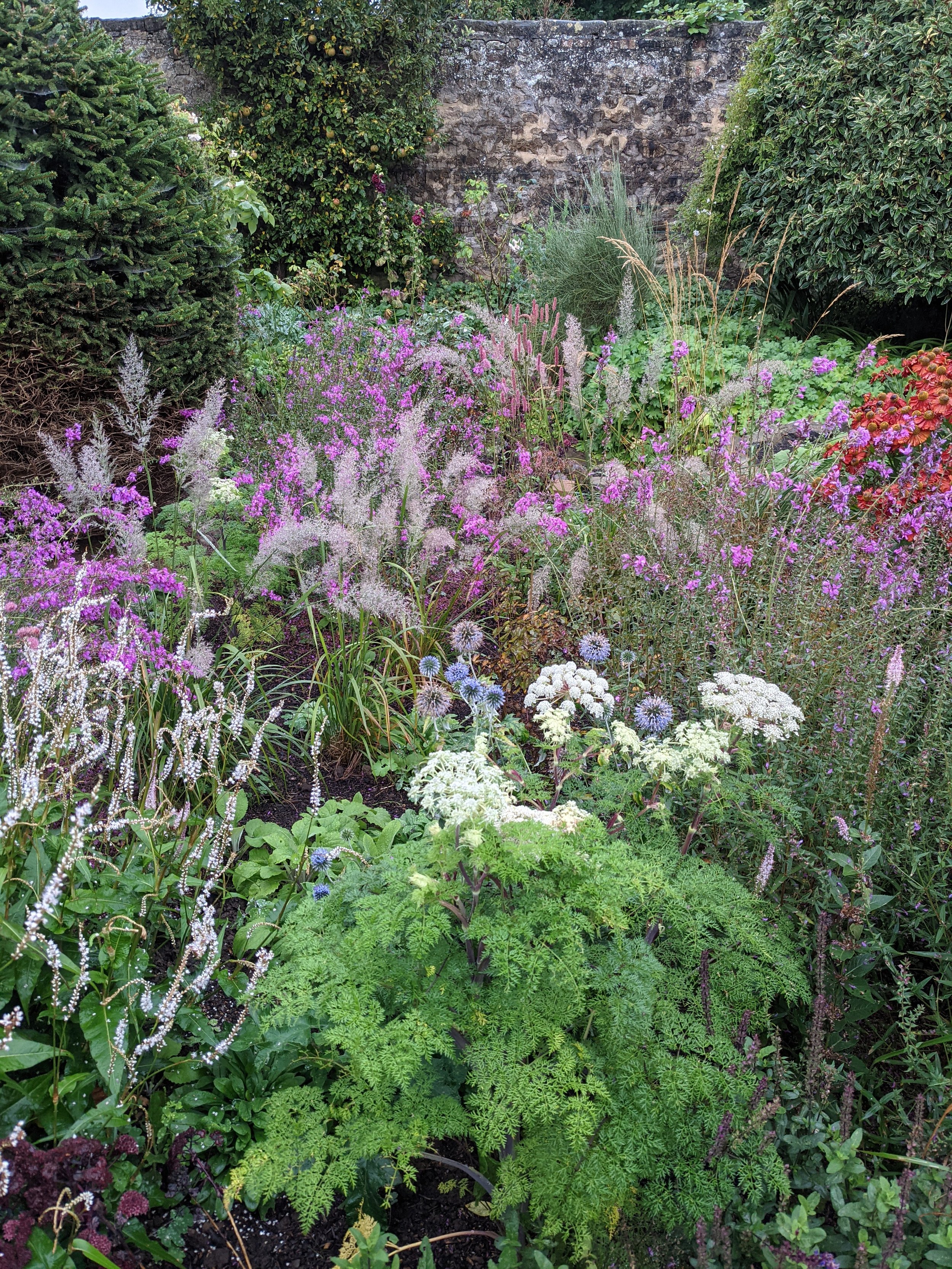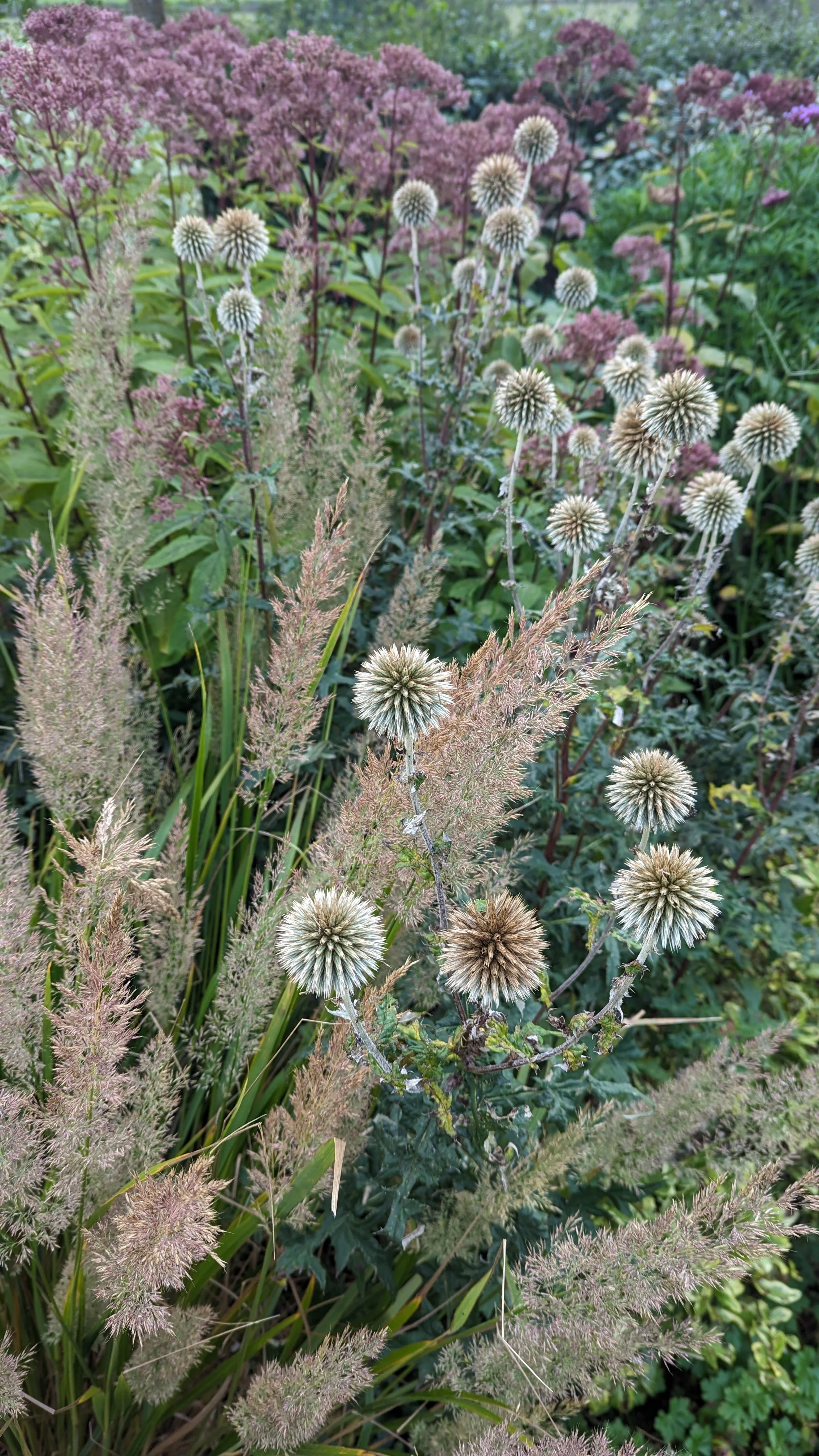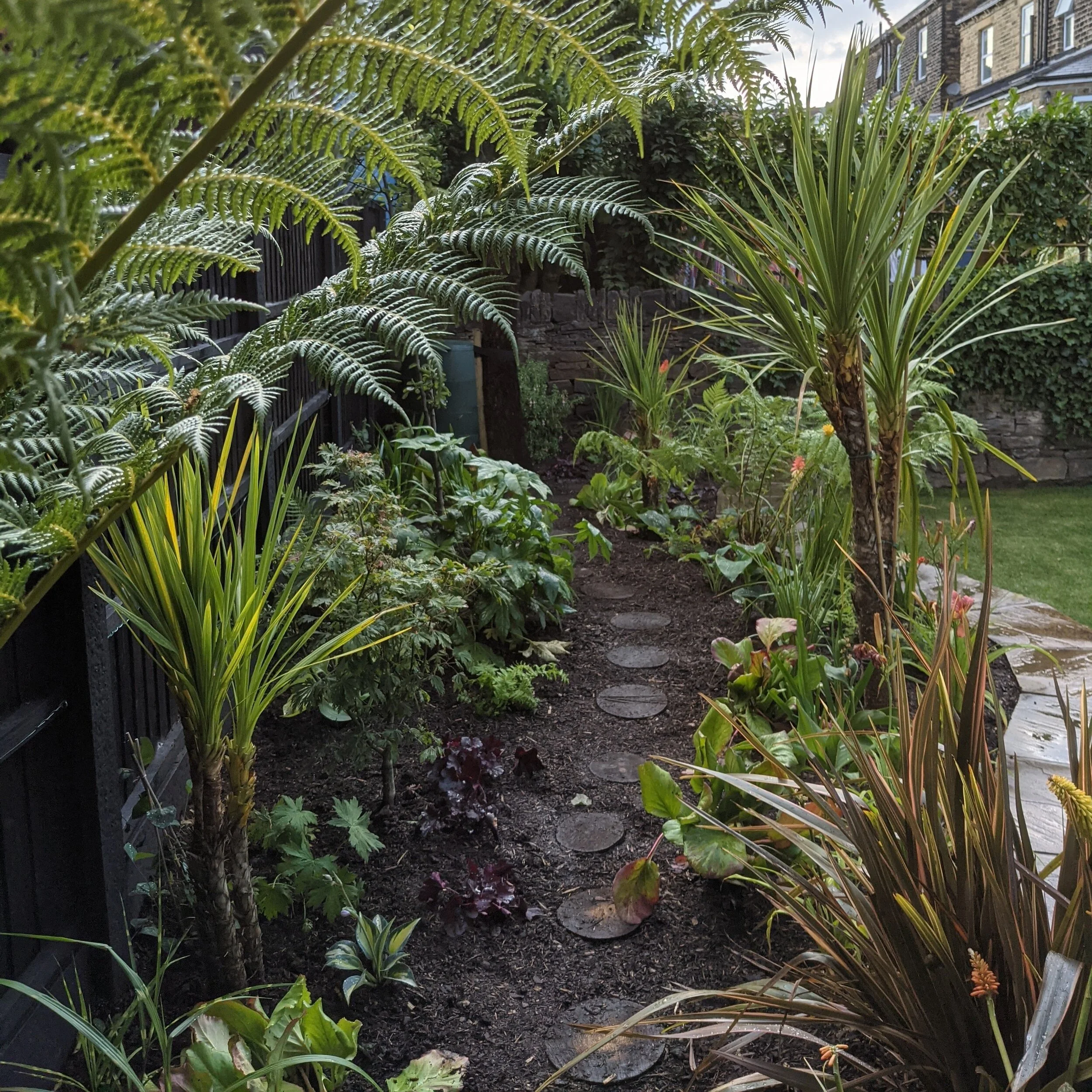17 Jan - Written by Liz
Planting a Yew Hedge in a Clay Soil
Yew is my favourite tree - so much so I named my first son after one (the old Norse word btw - he's not called Yew!!)
“The yew tree is the most important of all the healing trees, it said. It lives for thousands of years. Its berries, its bark, its leaves, its sap, its pulp, its wood, they all thrum and burn and twist with life. It can cure almost any ailment man suffers from, mixed and treated by the right apothecary.”
― Patrick Ness, A Monster Calls
The ancient Yews of the UK are our oldest trees. Extensively harvested for crafting longbows and long trusted to watch over our dead in graveyards, they have survived hundreds of years amongst us, standing squat and broodling over a scuttling of humanity, in both life and death.
I love climbing the twisting gnarled branches and hiding in the dark of the dense canopy. I love the mystery of its age and wonder about the people who have sat there before me. Even more I love to wander amongst ancient Yew topiary, where its relationship with man is displayed best. An unleashed wild spirit, defiantly lumpy and awkward, tamed but never quite constrained.
Folklore surrounding the Yew tree takes us deep into our past. A symbol of death and resurrection for the Druids, Yews were considered sacred and used as pre- Christian gathering places. Its reputation for toxicity earned it a mention as a poison in Shakespeares’ ‘Macbeth” and probably explains its long association with graveyards and the dead. Despite being feared and revered, the poisonous Yew leaf has proven useful in modern medicine and is now used to make a chemotherapy drug for fighting cancer.
I love that this tree still plays such an important role in our culture. For me its use in garden design is a real thrill. I love to see this most ancient of plants still being used in contemporary spaces, providing structure and focal points that create interest all year round. And the birds love them …. And that's always a big win in my book.
So when we were asked to plant a yew hedge for garden designer Robert Hardy (pictured opposite), we jumped the chance.
Planting Designer In Harrogate
Find out what we do when we’re not writing blogs. This is where the knowledge come from.
Planting a Yew Hedge on Clay
The big issue with Yew is that they don't like wet feet - so be careful if you are planting into clay soil, which is notoriously poorly drained. If Yew roots are sat in water they will drown, and the plant will turn brown and die.
If you want to plant on a site that is poorly drained, such as on clay, there is a strong chance of your yew trees roots being sat in water. If this is the case then either choose something else, or install drainage. If you want to get drainage installed, talk to a landscaper or drainage expert, who will be able to advise you. Drainage installation is difficult and therefore expensive, so be prepared for that.
Do not under any circumstances think that you can dig a hole, add gravel and compost and plant into it. All you are doing is creating a nice bath full of water retentive material for your Yew roots to sit in. The drainage problem is still there, you just made it worse.
If you are planting on clay, as we have been this week, you have to be sneaky. Ignore the standard advice on preparing a planting hole - you need to slit plant.
Pruning your new Yew Hedge
Remember - don't cut the tops of your Yew plants until they have reached the desired height.
By cutting out the leader you will slow down the upward growth dramatically. If left to grow they can increase in height by 40 cm a year. If you cut the tops of it will slow to as little as 5cm a year.
By all means cut the sides. In fact cut the sides immediately after planting. Then we recommend in the first few years you cut the sides at least three times a year. April, July and October. This will give you a thicker, bushier hedge. Try to leave the lower branches wider than the top to create a ‘Batter’, where the bottom is slightly wider than the top.
Portfolio










